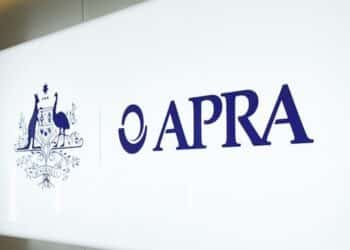In his Market Commentary report for 2020, Forte Asset Solutions managing director Steve Prendeville said recent industry statistics indicated that even larger advice firms were operating at profit margins between 5 per cent to 10 per cent below what was needed to overcome changes in revenue structure as a result of commission removal and the transition to annual opt-in.
“In a recent Business Health survey, they found the average profit of practice sub $500k revenue was 10.1 per cent and over $500k revenue average profit 28.2 per cent. This was assuming a salary for the principal adviser of only $100,000,” Mr Prendeville said.
“To maintain value to historical recurring revenue multiples of three times, a business needs to operate at greater than 35 per cent to 40 per cent of EBIT to gross revenue. Therefore, many practices have experienced price devaluation, especially as the use of EBIT valuation methodology increases in application.”
The report stated that with costs such as PI insurance, regulatory levies, dealer fees and expected market salaries rising, organic growth was unlikely to be able to outpace the increasing expenses eating into practice margins.
“We are seeing organic growth post pandemic lockdown, but for many this growth is insufficient to compensate the rise in costs,” Mr Prendeville said.
“In the absence of meaningful organic growth, the only option to achieve size and scale is inorganic strategies, especially in a period of lowest interest rates ever and an abundance of capital partners for large firms.”
When it came to owners looking to offload their businesses, Mr Prendeville noted that larger practices targeting the high-net-worth space were gaining considerable premiums on smaller businesses, and that younger client bases also attracted higher purchase prices.
High-net-worth client books were attracting 2.5 to 2.8 times recurring revenue, while general financial planning clients were going for between two and 2.8 times depending on the quality of the book.
Businesses where more than 35 per cent of the client base was over 70 were also attracting lower multiples for sale, at between two and 2.5 times recurring revenue. Meanwhile large financial planning businesses were selling for between five and 6.5 times EBIT.




I don’t understand those multiple either. Annual fee renewals for a start would suggest a firm is worth 1x at best. I would not pay more than 1x for a financial advice business, regardless of the quality of the client base. Someone else with deeper pockets might – like a fund manager for example, wanting a distribution channel. “The more things change the more they stay the same”.
The best way to increase profitability is to sell your practice and enter another industry that is free of government and political interference.
Which industry would that be :?::D
I have serious trouble believing those multiples. If profitability plummeted that much – and I agree, a doubling of the compliance burden makes profitability crater – then practices are worth far less than 2.8 times revenue unless there are desperate buyers.
Interesting mix in this article of the sensible and the in-credible.
The headline was “How can practices boost lagging profits?”
I must have been reading a different article?
The one I read should have had the heading “FP practices are still largely priced as they have been for 2 decades, from 2-3x recurring revenue depending on revenue, with larger practices moving towards an EBIT valuation.
Nothing changed. Quality attracts a premium. Junk sells for nothing.
Buy a financial planning business, watch it’s value decrease but improve the profitability of Forte Asset Solutions. Without changes to financial planning the profession is dead and buried so why take on debt.